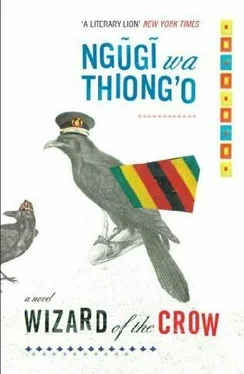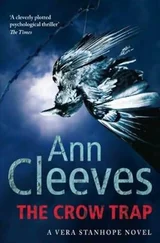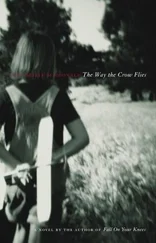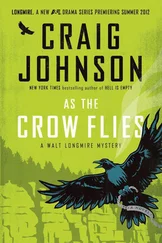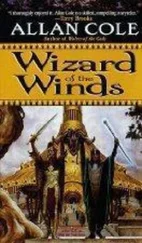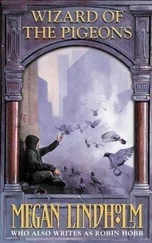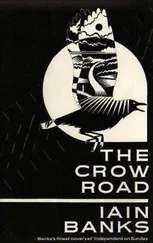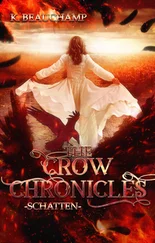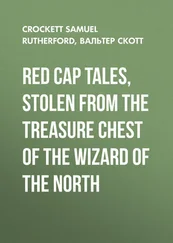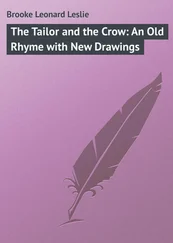He set up a surveillance team to spy and report on the activities and movements of Machokali and Kahiga with a view to exploiting whatever intelligence they had come upon. He asked Njoya to hire an artist to sketch the Wizard of the Crow for a Wanted poster specifying a reward and the number to call. Given the secrecy required, the artist could rely only on Sikiokuu himself and his assistant, Njoya, for a description of the wizard. But Sikiokuu did not want it known that he received sorcerers in his office at night. So he asked Njoya to leave him out of it.
For his part, Njoya also wanted nothing to do with describing the face of the wizard, for he feared retaliation from the other wizard. So he described instead the minister, and the artist was surprised to see, emerging out of the sketchbook, a face that bore an uncanny resemblance to that of Sikiokuu. To disguise the resemblance, the artist gave the sketch long hair and a beard, resulting, to Sikiokuu’s consternation, in a black, long-haired Jesus Christ with the face of the minister. Njoya advanced another idea. The poster would offer a prize to the Wizard of the Crow, who was required to present himself in order to receive it. The heading read THE WIZARD OF THE CROW: WANTED FOR A PRIZE, and at the foot a telephone number, but one that only Njoya and Sikiokuu could answer. Thus, when people saw the posters, they would assume that the picture was of the giver of the prize and that the Wizard of the Crow needed only show up and receive it.
But Sikiokuu did not want simply to sit back and wait for the Wizard of the Crow to hand over Nyawlra. Why put all his eggs in a sorcerer’s basket? He had to find other ways of getting to her. Besides, he wanted to hide from his rivals that he too was secretly pursuing the wizard. He would pull the wool over their eyes by pretending to be entirely preoccupied with the hunt for Nyawlra. And what better way to do this than to post new photographs of her all over Aburlria? Yet another problem presented itself: what had he done with the photos of Nyawlra that Kaniürü had shown him when he started working for him?
Nothing is going right, he thought in despair as he sat back in his chair. He recalled Kaniürü s lies about him and Tajirika’s refusal to go along with the confessions. He leaned forward and banged his desk with his right fist as his anger and frustration mounted. He stopped, folded his arms on the desk, and rested his forehead on them. Where was this woman? Every time he thought he had found a way to get to her, something would make him lose sight of her. How could he have lost her pictures? But bemoaning his bad luck was pointless, he told himself, attempting composure. He had better start looking for the photographs. And then, as if his eyes felt pity for him, he spotted a file under the piles of paper on his desk and pulled it out.
He leapt with joy. It was the file with the pictures of Nyawlra that Kaniürü had given him. He looked at each carefully to ascertain which was best suited for a poster. The only hitch was that Kaniürü himself was in many of them. He and Nyawlra had, after all, been husband and wife, and the pictures had been taken during their season of wooing and marriage.
Then Sikiokuu chuckled. He selected a photograph showing
Nyawlra and Kaniürü embracing in a studio. Sikiokuu ordered the picture enlarged and reproduced a thousand copies.
Even as he searched for Nyawlra, he had found a way to compromise the traitorous Kaniürü.
Machokali, who had been officially entrusted with the capture of the wizard, was keen to achieve this before his rivals had completed their assigned tasks. Since the disastrous visit to America he had felt his power on the wane, and he thought he would recover his standing only through the release of monies for Marching to Heaven. But there were no signs that the Global Bank would release the funds anytime soon. To regain some measure of influence in the heart of power, the capture of the wizard was paramount. But he could not figure out where or how to embark on the search for the Wizard of the Crow. It was not even clear that the sorcerer had returned to Aburlria. He, too, considered a Wanted poster, but A.G. talked him out of it.
“True! Haki ya Mungu,” A.G. was later to claim, “I told him that no human hands could draw the likeness of the Wizard of the Crow. Ask yourselves: Who was the Wizard of the Crow? Was he a man or a woman? Personally I knew that he possessed the ability to change himself into a man or a woman or into anything else. He is a whirlwind. He is lightning. He is a thunderstorm. He is the sun and the rain. He is the moon and the stars. How can you draw the likeness of air, breath, soul? The Wizard of the Crow is the being that animated everything, and how can you draw a picture of that? I told him: Give me the time, give me a free hand, and I will track him down.”
Machokali agreed and entrusted A.G. with the search for the Wizard of the Crow. He released him from his ordinary duties. But wherever he went, A.G. was to report regularly.
Just before they parted, the minister gave him a mobile phone and a red motorbike.
A.G. rejected the way of force and opted for that of words. He would use his tongue to find his way around and unloosen the tongues of his listeners. He went on foot, mostly, but he also rode in mkokoteni, donkey carts, bicycles, matatus, mbondambondas, buses, or trains to get to wherever people gathered. He stopped at market centers, bars, churches, mosques, and in all these places he would tell them: I am looking for the being that animates all things, including speech.
His cryptic words would ignite a debate among his listeners. Yes, what is the being?
And gradually the debates and heated arguments would give way to stories, anecdotes, and remembrances of what the being was. A.G. would come into his own, and soon people would forget the heat of the previous arguments as they listened to this traveling bard telling the amazing story of the Wizard of the Crow. In his tongue the real and the marvelous flowed out of each other. He would even talk about the Ruler. He would hint about plants that bore money. They listened to his stories and later improvised on them in the retelling. Soon the stream of stories became common lore. The ceaseless transformation of the stories soon resulted in rumors throughout Aburiria that the Ruler was pregnant and had a secret garden with dollar-producing plants. Was that why he had remained out of sight since returning from America? Was that why the Ruler always donated money to self-help schemes, claiming the amount came from him and his friends?
While traveling on foot, one day A.G. saw pasted on an electric post a poster bearing what seemed to be a picture of the Wizard of the Crow. It was the name more than the picture that took him aback. It was not a photograph. It was more like a police sketch. He recalled his talks with Machokali and his warning to the minister that no human hand could draw the likeness of the Wizard of the Crow because he was many things: a man, a woman, a child, a cap on somebody’s head, a bird, lightning, a whirlwind! This sketch looked like a cross between Jesus and Sikiokuu, and it offered a prize to the Wizard of the Crow.
Was this the work of Machokali? A.G. asked himself angrily. Ma-chokali, who had entrusted him with the task of finding the Wizard of the Crow? Is he of so little faith that no sooner do I turn my back than he has these drawings of the Wizard of the Crow posted all over the country?
He called Machokali. The minister denied that he had authorized any such thing and wondered who could have done it.
“Find out who is doing this,” Machokali said, “but in so doing, don’t stray from the main business, capturing the Wizard of the Crow. One more thing. Stories abound that the Ruler is pregnant. Get to the source of those slanderous rumors.”
Читать дальше
